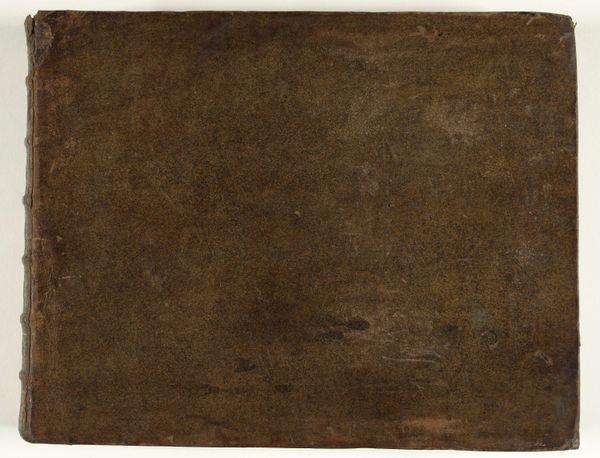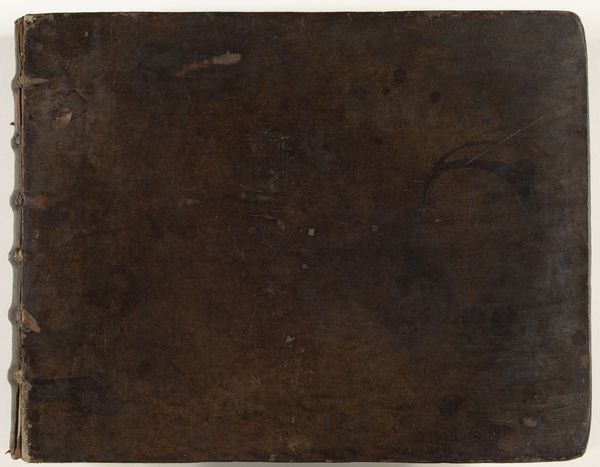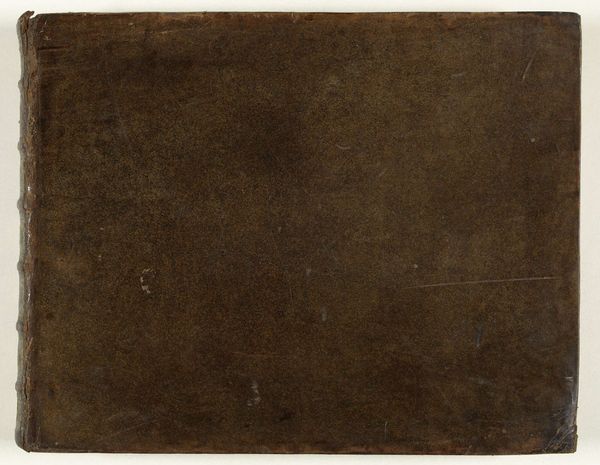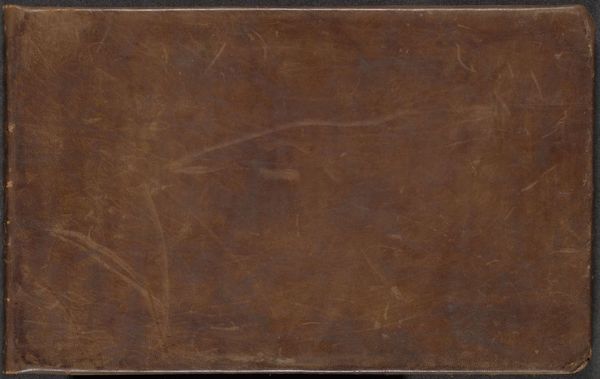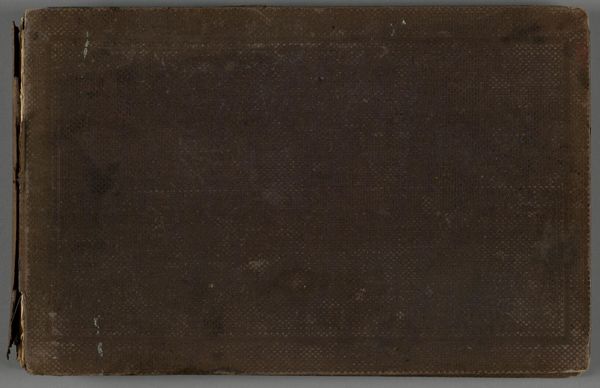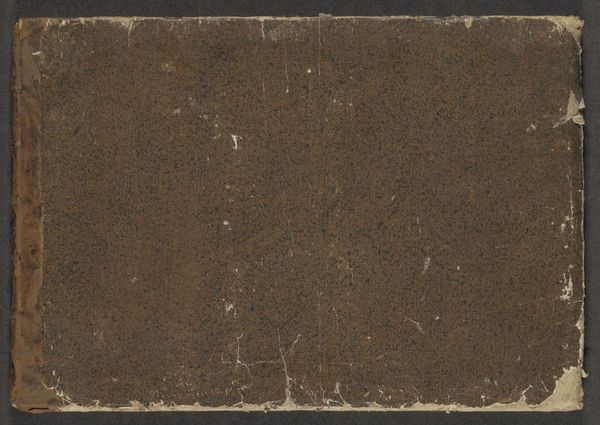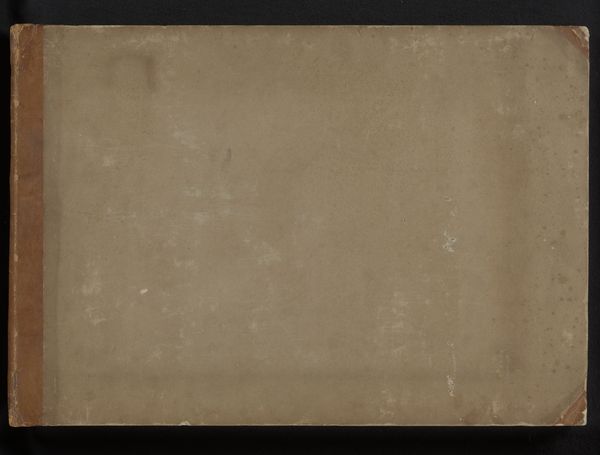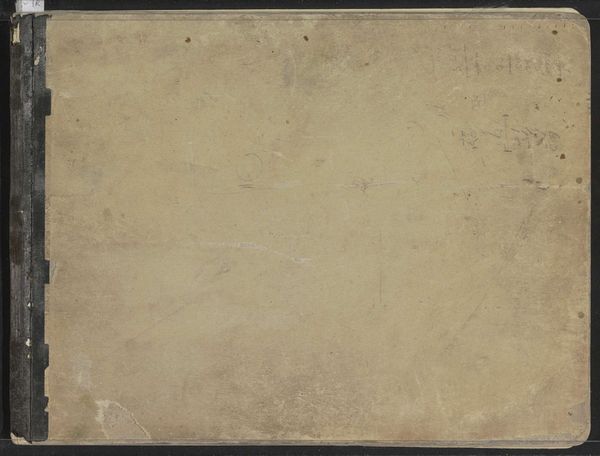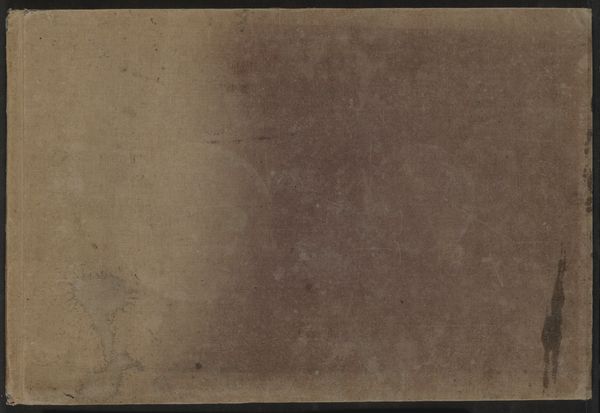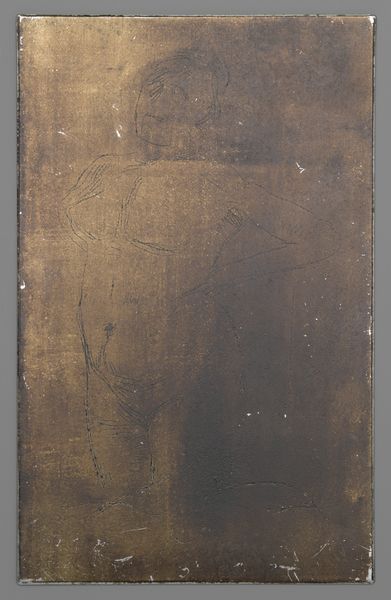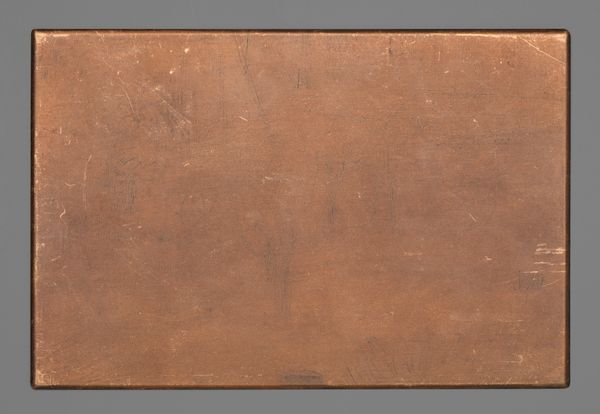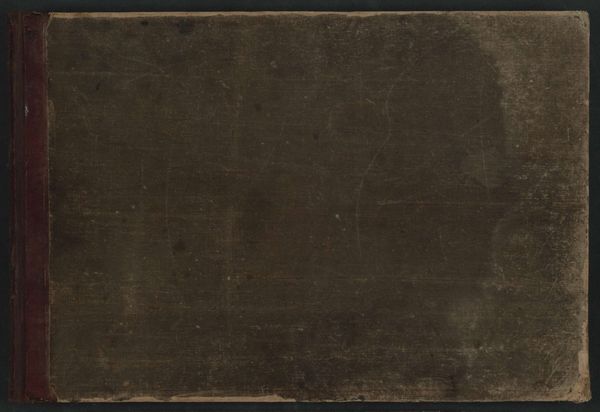
Romanae Magnitudinis Monumenta Quae Urbem Illam Orbis Dominam Velut Redivivam Exhibent Posteritati Veterum Recentiorumque Quotquat Hac de Re Scripserunt Authoritate Probata Quibus Suffragantur Numismata e Musea Principum Praesertim Fragmenta Marmorea Farnesiana Continent Restituta et Aucta Possibly 1699
0:00
0:00
print, wood
#
worn
# print
#
wooden texture
#
wood
#
texture
Copyright: National Gallery of Art: CC0 1.0
Curator: Here we have "Romanae Magnitudinis Monumenta," possibly dating back to 1699 and attributed to Giacomo Lauri—specifically, its cover. Editor: The aged leather immediately strikes me. You can practically feel the years ingrained within its surface; there's a tactile sense of history even just by looking at it. Curator: Exactly. Think about the hide itself—where did it come from, how was it treated? This binding wasn't simply *made*, but meticulously crafted. And a print suggests potential reproduction, dissemination to a wider audience, reflecting emerging modes of knowledge sharing. Editor: Beyond its material history, this object represents "Romanae Magnitudinis," the grandeur of Rome! Even just a cover promises monuments, architectural prowess. That symbol of Rome has reverberated throughout the ages. The wear and tear only amplifies that weighty significance. Curator: Precisely. The leather provided physical support and structural integrity protecting the content and its symbolic weight. I can only imagine the cost and skill invested to create the materials in comparison to that period of time versus contemporary bookbinding. Editor: I wonder about that faint scratch. A story? Or pure chance? What past user might've handled the cover and created it, accidentally or on purpose? Curator: Right, there is something here about chance meetings of people and places that creates significance and meaning around the text inside. Editor: So, this is not only the protective casing for words and images about Roman grandeur; it carries symbolic traces of the grand project of history-making itself, with an air of endurance through material history. Curator: Absolutely, and considering the laborious methods required for each component – from hide preparation to printing – it stands as a tangible artifact of human industry, a dialogue between craftsmanship and dissemination of knowledge. It reveals complex historical narratives. Editor: To look beyond face value is often rewarding! Curator: Agreed. Analyzing beyond symbolic imagery by contextualizing materials and its making is fascinating in how each method and means of production create its historical place in culture.
Comments
No comments
Be the first to comment and join the conversation on the ultimate creative platform.
